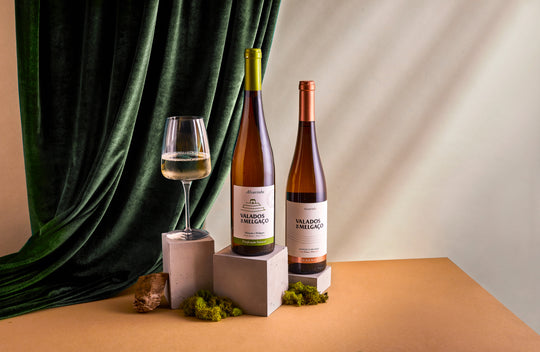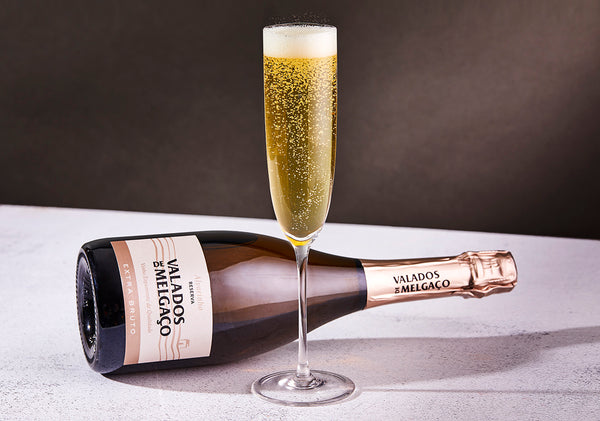Dia de los Muertos: Food, Culture and Tradition

October 31 is the kickoff for Dia de los Muertos (Day of the Dead), a three-day celebration that lasts through November 2 when Mexicans remember and honor loved ones who have passed away. This is a spiritual time for Mexican families where they unite to reflect upon and celebrate those who are no longer with them in physical form. It is such a unique tradition and with such significance that UNESCO has even recognized it as an “intangible Cultural Heritage of Humanity.”
The tradition has its origins in the indigenous people of Mexico, for whom death was a natural phase in life’s long journey and mourning the dead was disrespectful. They were still considered members of the community, alive in memory and spirit.
The central aspect of this celebration are the altars or ofrendas families build in their homes to remember their dearly departed. The altars can take on many shapes and forms, depending on the family, but they must contain four essential elements of nature: earth, fire, water and wind. Clay blows filled with fruits or corn can represent earth, bowls of water are there to quench the thirst of the souls who, the tradition says, return from the great beyond to visit their families, candles to symbolize fire and guide those souls and papel picado (paper cut into artful shapes) to showcase wind.
Colorful and vibrant, the altars typically feature traditional sugar skulls, cempazuchtl flower (marigolds), copal (incense), and pan de muerto (Mexican sweet bread). And most importantly, they contain photos of the deceased, their favorite food and drink and objects that marked their lives. If grandma liked her daily cup of hot chocolate and if grandpa enjoyed his mezcal, then you definitely need to include that with the altar in their honor.
The southern state of Oaxaca is one of the places where this cultural expression is move vivid, partly because of the food traditional of this region, which is synonymous with the celebration, such as mole, a richly-made dish that is part of many altars.

Those not entirely familiar with Mexican drinks may confuse mezcal and tequila, but while similar and made from the same plant, they have definitely different tastes. Mezcal can be made from nearly a dozen different agave plants found all throughout Oaxaca, while tequila’s only source is blue agave found in Jalisco state.
Mezcal is cooked in earthen pits before going for distillation in clay or copper pots. Tequila, on the other hand, is made by steaming the agave in industrial ovens before distillation in copper pots for up to three times.
If your preference is for mezcal, you can sample Vago Tobala, a 52.1% proof brand sourced from agave tobala and made in copper pots in the town of Candelaria Yegole; or a 50% proof Siete Misterios Arroqueno distilled in clay pots and made in the town of Sola de Vega from agave arroqueno.
Those looking to savor tequila may opt for Tres. Cuatro y Cinco Extra Anejo, a 43.3% proof that hails from Atotonilco El Alto, Jalisco, and is distilled in copper; or a 40% proof Fuenteseca 21 Years made in Los Altos and also distilled in copper.
In Oaxaca, and in many other parts of Mexico and Central America, families head to the cemetery on November 2 to clean, adorn and spend the day next to the grave of their loved ones. That may not be possible now, but you can still connect with your dearly departed by building an altar at home and placing their favorite foods and drinks.
And even if you don’t put up an altar, don’t forget to leave a little dish with that food and a filled shot glass, for the hungry and thirsty spirits who will make their trip back to the land of the living on Dia de los Muertos.
Birdie deQuay













